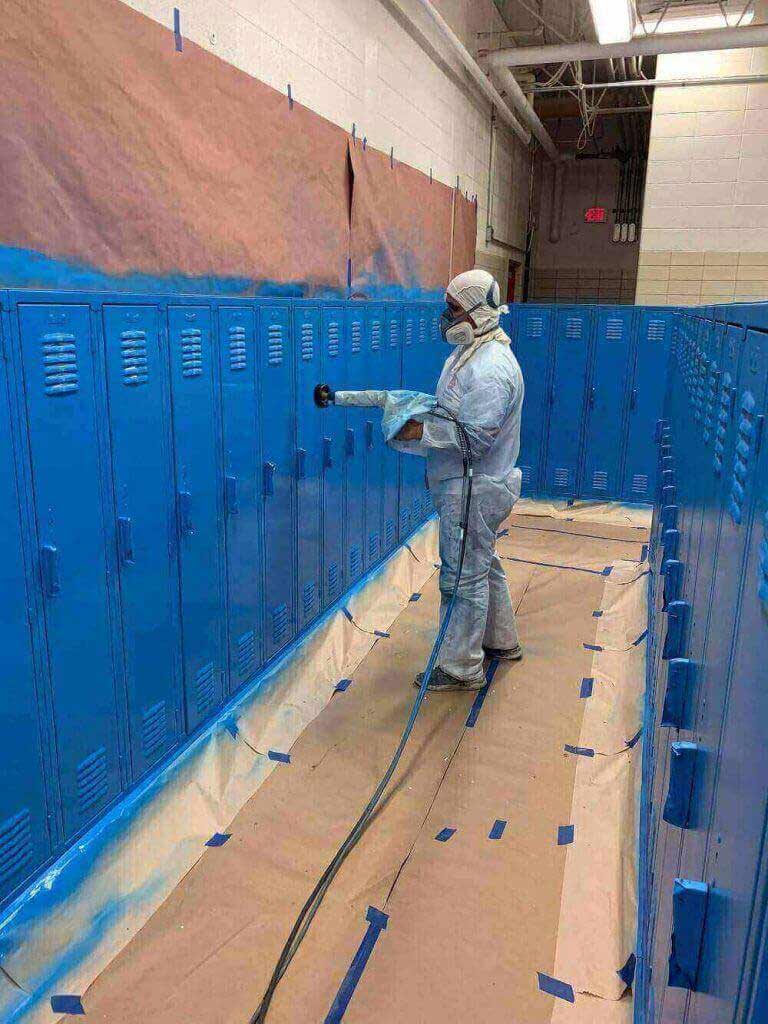
Electrostatic painting means using a special gun that emits positively charged paint particles to grounded metal surfaces. It works by being drawn to the grounded surface and wrap around the component like a balloon stuck to a wall. Thus, the coat is even and there is less waste and overspray, which means reduced time for setting up and cleaning up. Here is a guide to electrostatic paint!
HOW DOES IT WORK?
It functions by coupling atomized particles with positively charged ions. Negatively charged, grounded metal attracts these particles. The charge “fixes” the colored particles to the item and distributes them uniformly, much like static electricity does for a balloon.
After that, it works similarly to regular spray painting but without the mess. On-site wet tinting is used, which often dries to the touch in only a few hours but takes 12 to 24 hours to cure.
ELECTROSTATIC PAINT TYPES
There are some paints made specifically for electrostatic use, however, this is not necessary. For the majority of uses, virtually any oil-based kind without metallics and thinned with chemicals work well. Water-based kinds often cannot be used for this procedure without setup and safeguards. Although you can use them for conventional applications as well, most of these tasks are indicated as such.
If you are looking for interior painting for your commercial building, we offer interior painting services where we assist you in finding and painting the right type of paint according to your needs.
How Does It Compare to Powder Coating?
Powder coating uses dry powder that is baked at 400 degrees or higher. The powder gently melts during this procedure to produce a thick, smooth, and hard finish. On the other hand, electrostatic painting uses an on-site wet applied covering that is color-matched and thinner to create a smooth and even surface.
Although some types of electrostatic painting are technically powder coating, the term is most frequently used to refer to a related but distinct process. Both electrostatic coating techniques employ an electrical charge to distribute it uniformly across a grounded surface. They work well as finishes for metal objects that are bent or have unusual shapes. The similarities stop at that point.
Pros and Cons of Electrostatic Painting
There is only one drawback, outside its restricted application: the equipment’s high cost. Between $5,000 and $12,000 or more can be spent on an electrostatic painting machine. You can hire an expert painter at almost the same cost. Fortunately, we offer electrostatic paint services where we ensure that your paintwork is smooth and even, with the added benefit of minimizing waste.
The advantages of electrostatic painting are that they are durable, have an even finish, have low waste, and use on-site application. The disadvantage is that it is expensive and only works for metal objects.
Choose Our Commercial Painting Services at Reynolds Construction Company
Looking for electrostatic paint services? Choose Reynolds Construction Company! With our electrostatic paint services, we guarantee that your paintwork will be smooth and even. We also offer exterior painting and metal roof painting. To learn more, contact us today!

